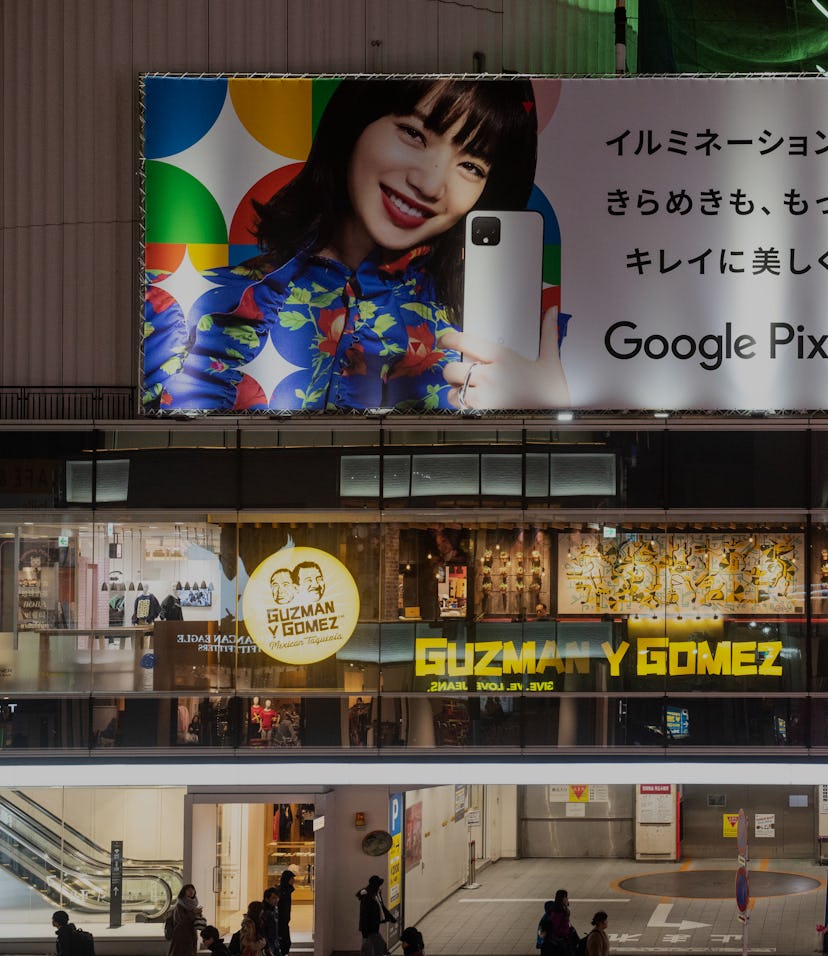Tech
Android 12 beta lets you control your phone using ‘face gestures’
It's intended as an accessibility feature, but we can imagine all sorts of uses.

The upcoming version of Android, version 12, includes a feature that would allow people with disabilities to control their phones using facial gestures. Camera Switches, as it’s called, lets a user map six different face gestures to one of over a dozen controls.
For instance, you can set the phone to detect when you smile and open the notifications panel. Or you could make it so that opening your mouth triggers scrolling on a page.
XDA Developers first reported on the feature, spotted in a beta version of Android 12. The new operating system was unveiled back in June and represents one of the biggest design revamps in Android’s history. It’s expected to be released widely in September, though Google has not made any announcement to that end.
Improving accessibility — Android already offers a way for users to interact with their device using an external device like a keyboard, but Camera Switches could be more intuitive for people accustomed to unlocking their phones with facial authentication. Such accessibility features help people with disabilities to access technology crucial for modern life, so building products with them in mind can make a big difference.
Unfortunately, Camera Switches could use a lot of battery power, so it may not be practical for extended use. But the feature is just one example of how Google and others have been working to make their products more accessible to more people.
Another feature Google has designed with accessibility in mind is Live Caption, a tool for the Chrome browser that can transcribe the audio of any video on the web, even if the creators didn’t make their own captions. This tool is particularly useful because many websites still don’t consider people with disabilities, likely because the people behind the website themselves don’t have disabilities affecting their lives. It can feel alienating when a product hasn’t been designed with your needs in mind, though, and even small changes that make a big difference. Websites can caption all their images with “alt” tags that describe the contents of the photo, for instance, so they can be interpreted by screen readers used by the blind or low-vision.